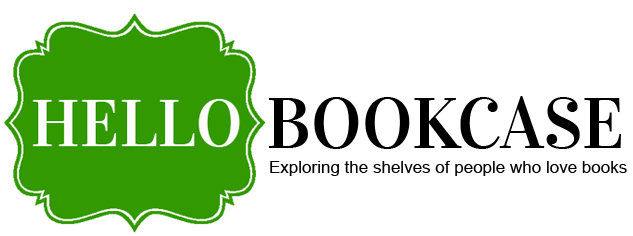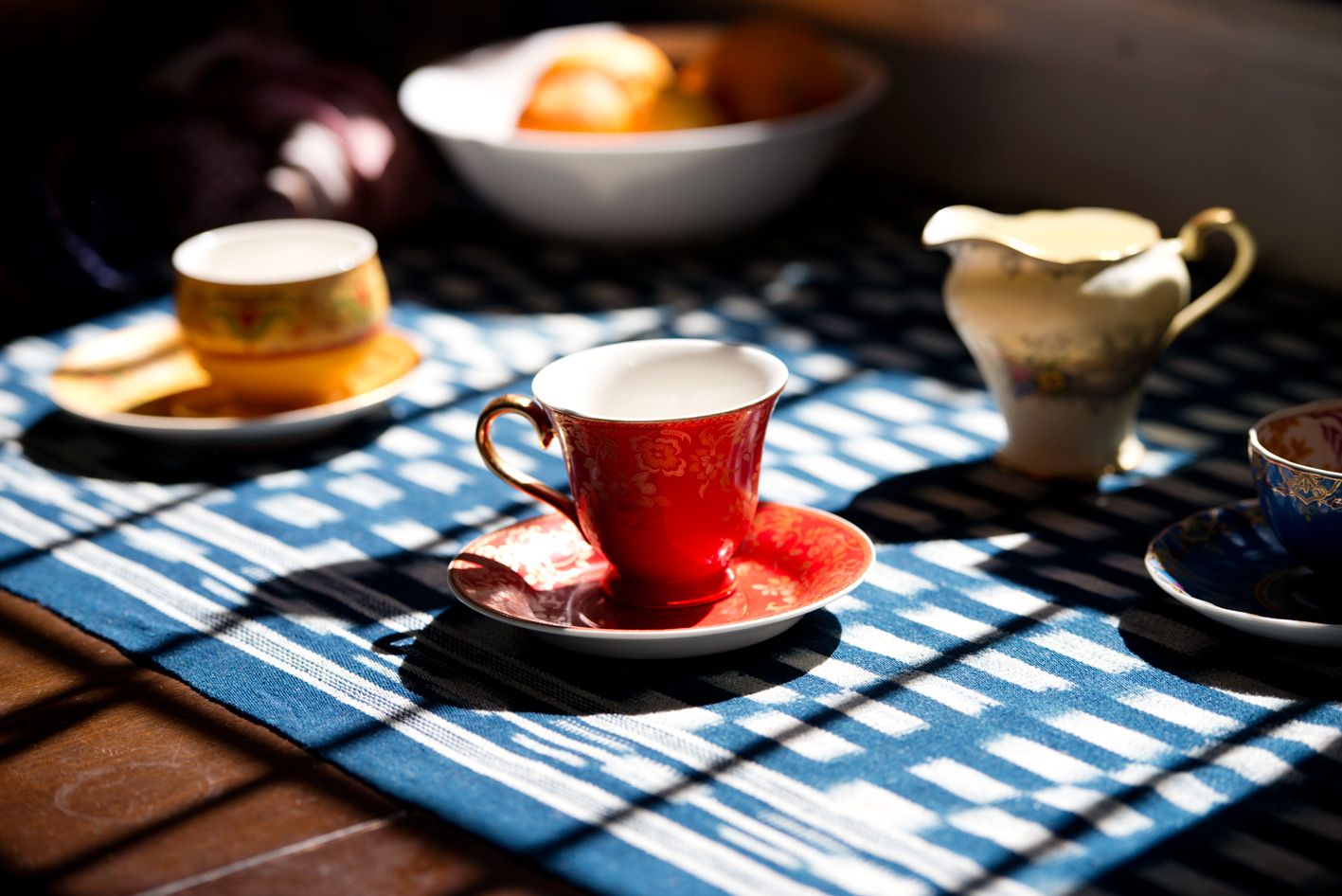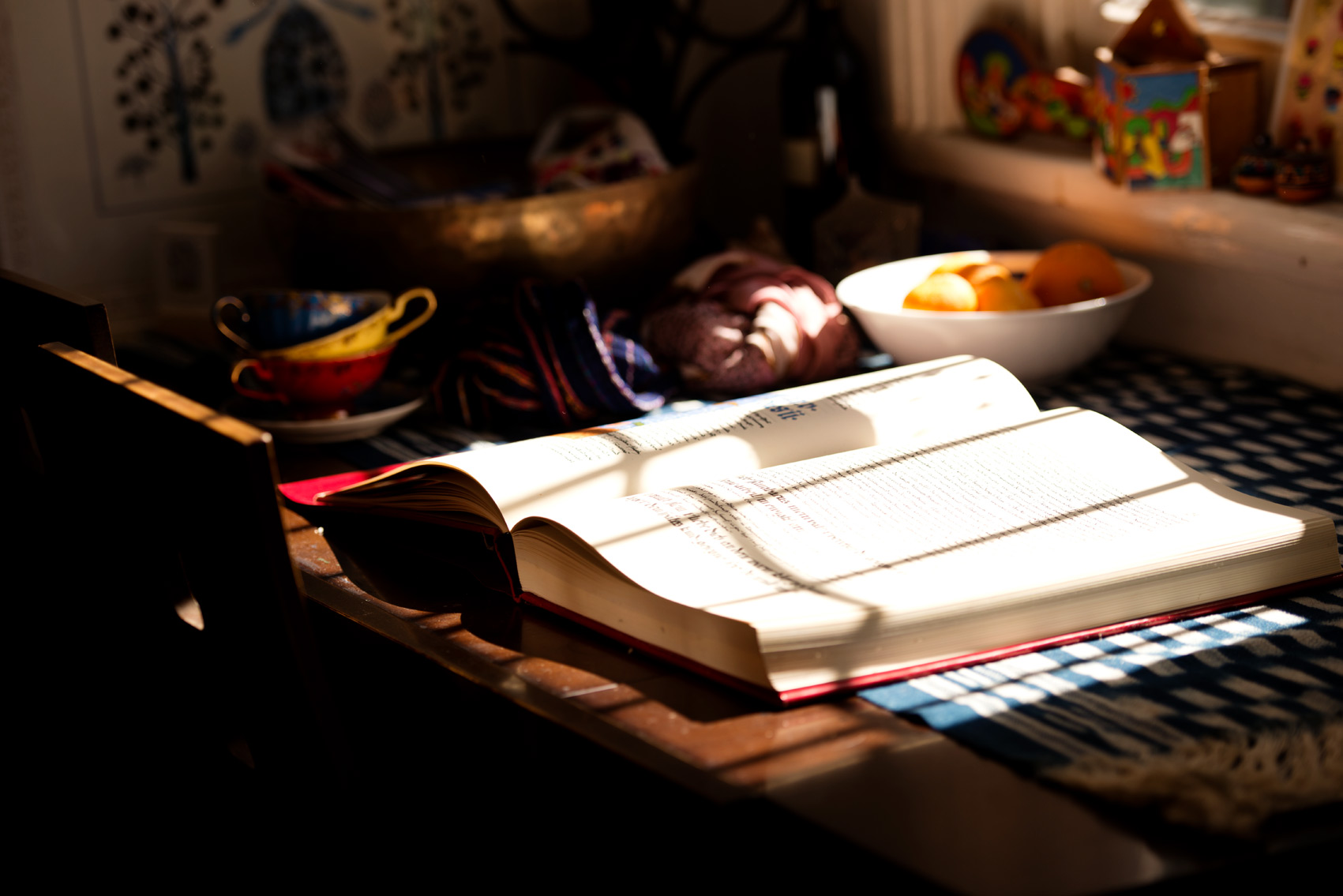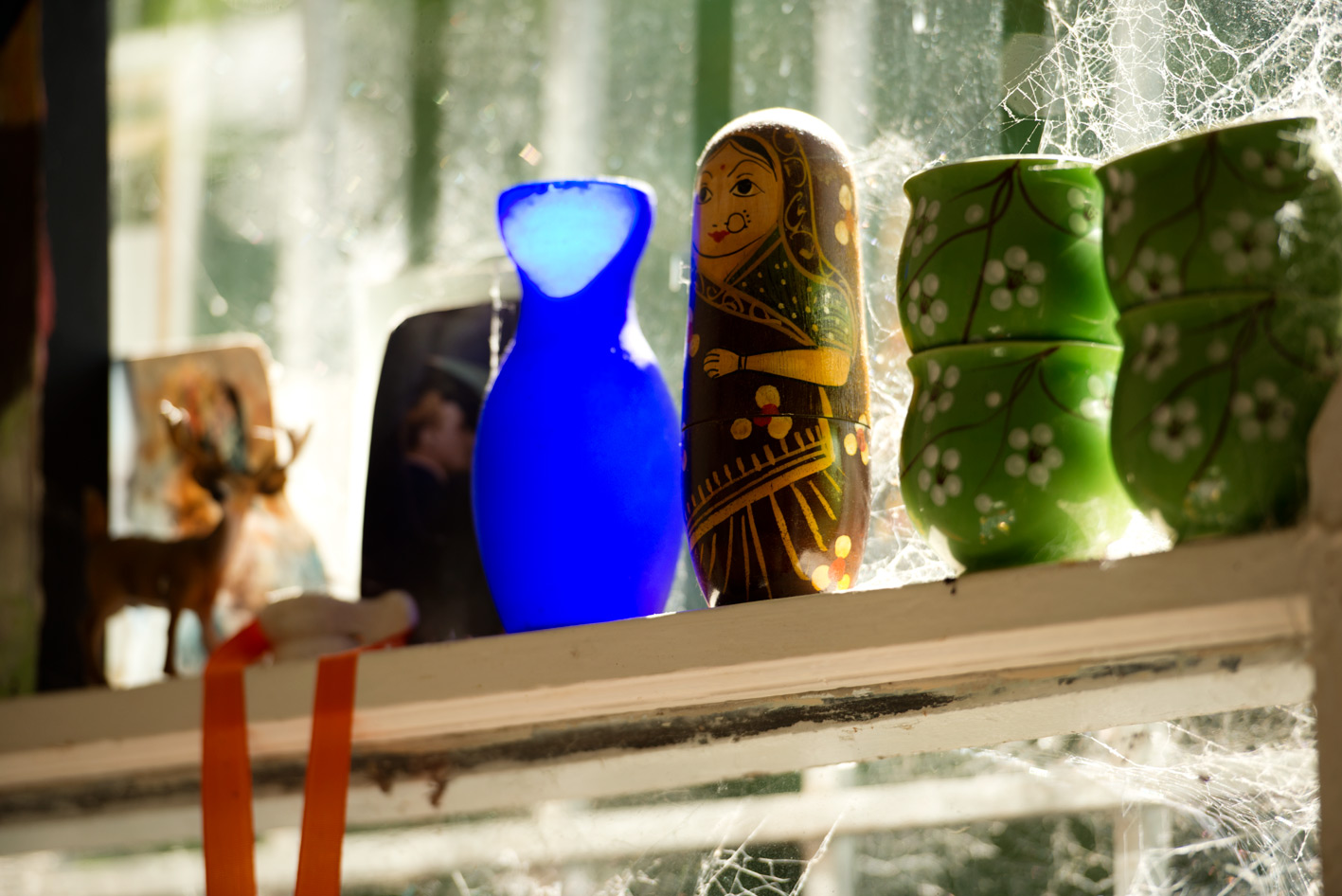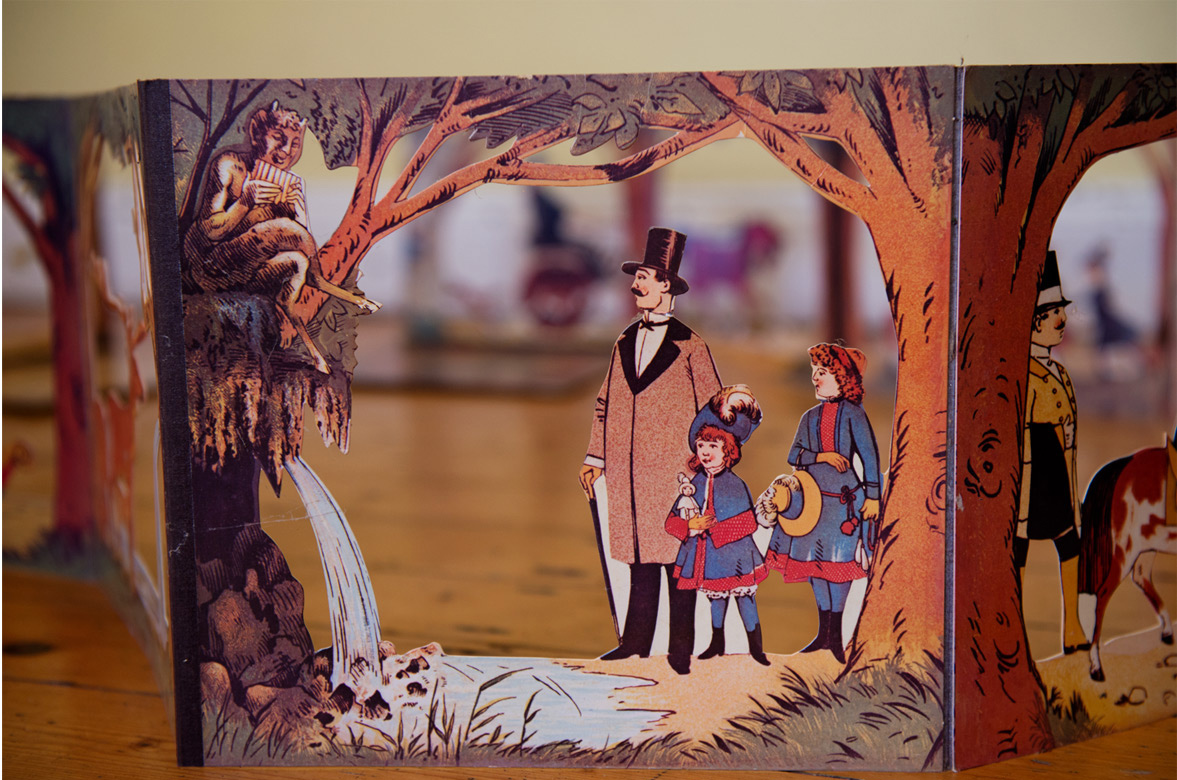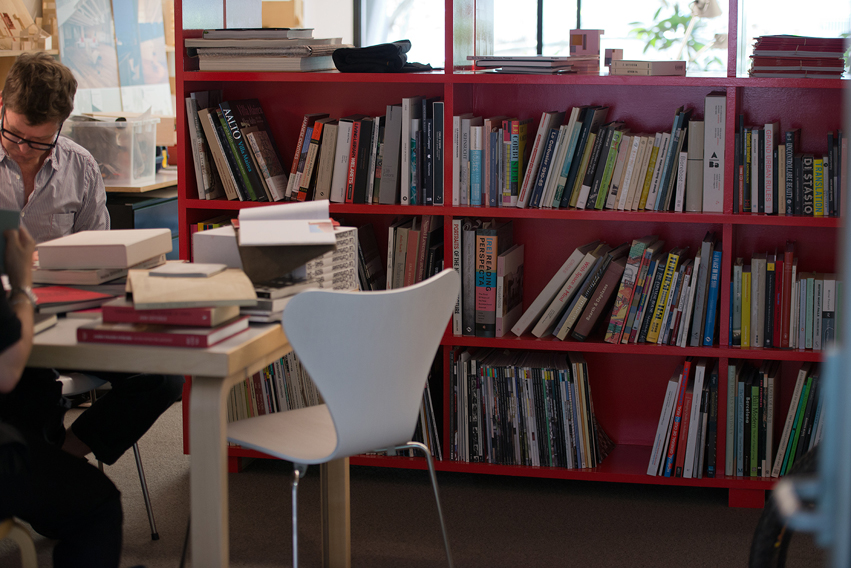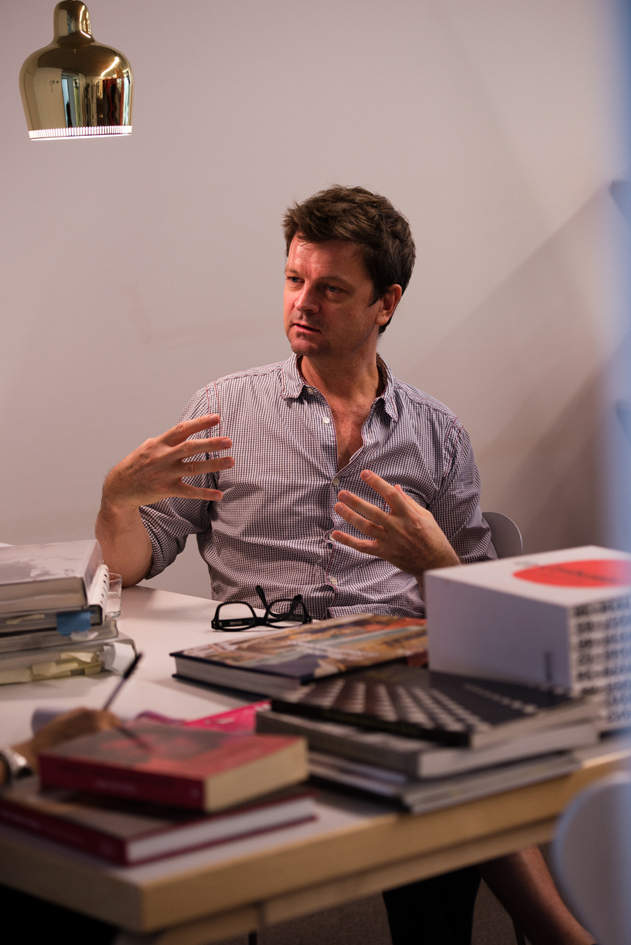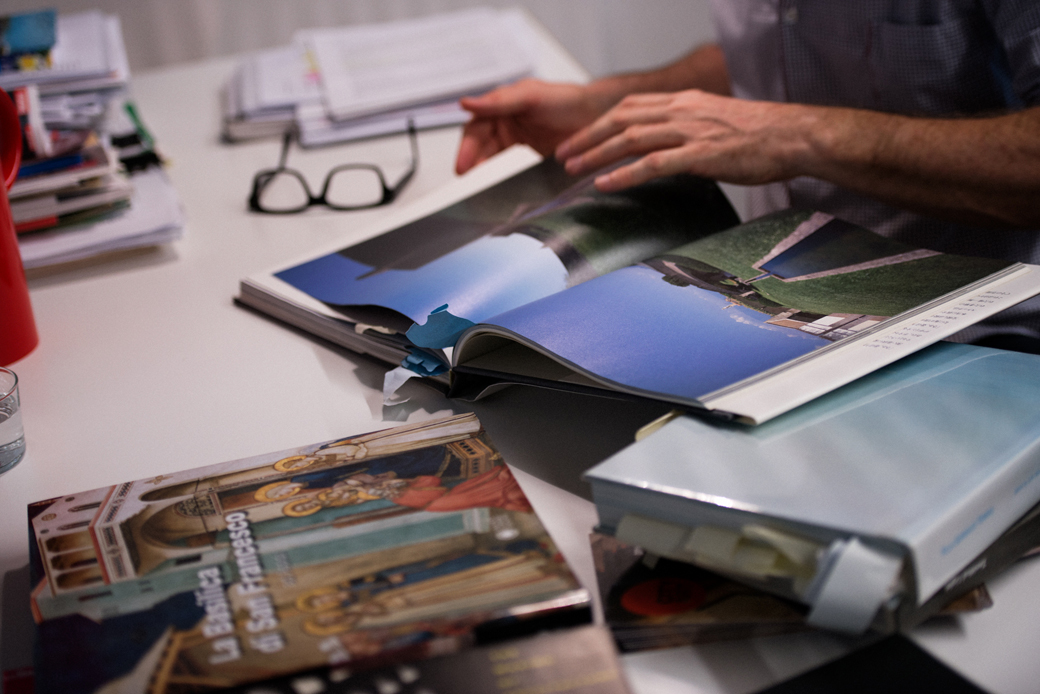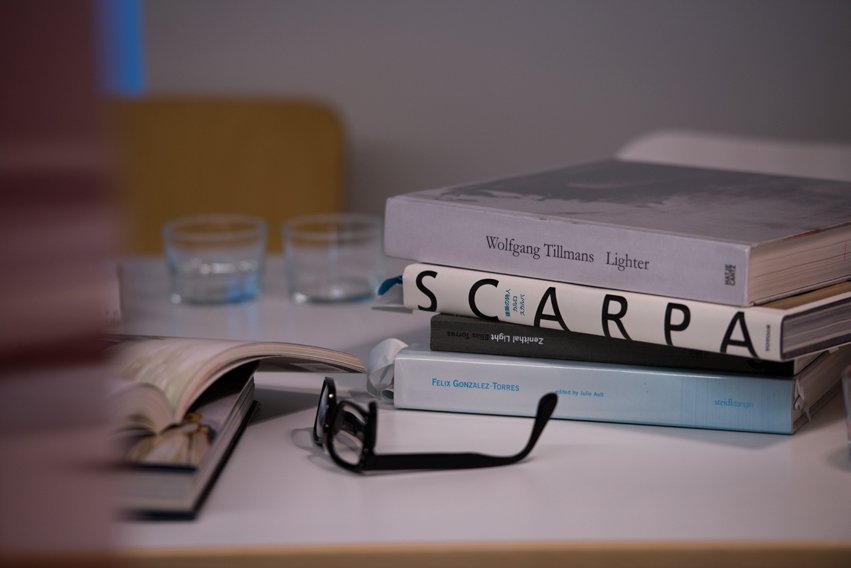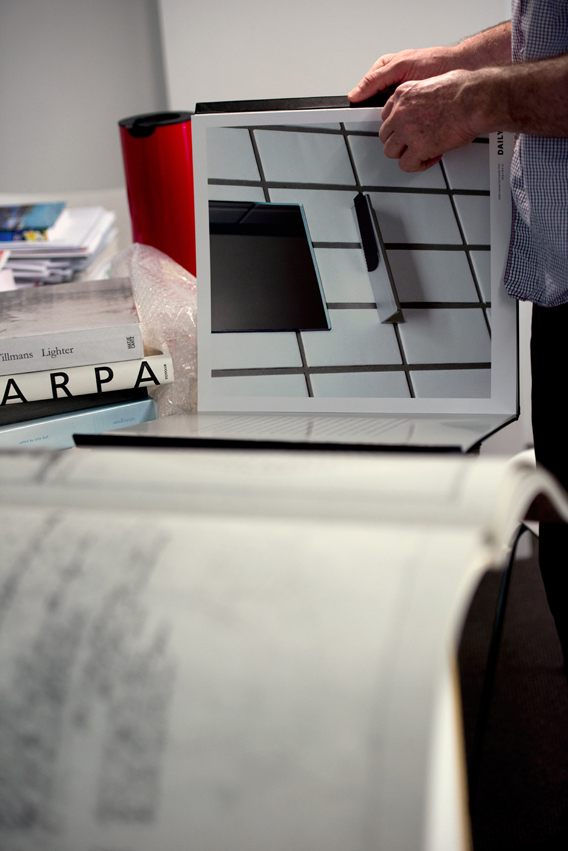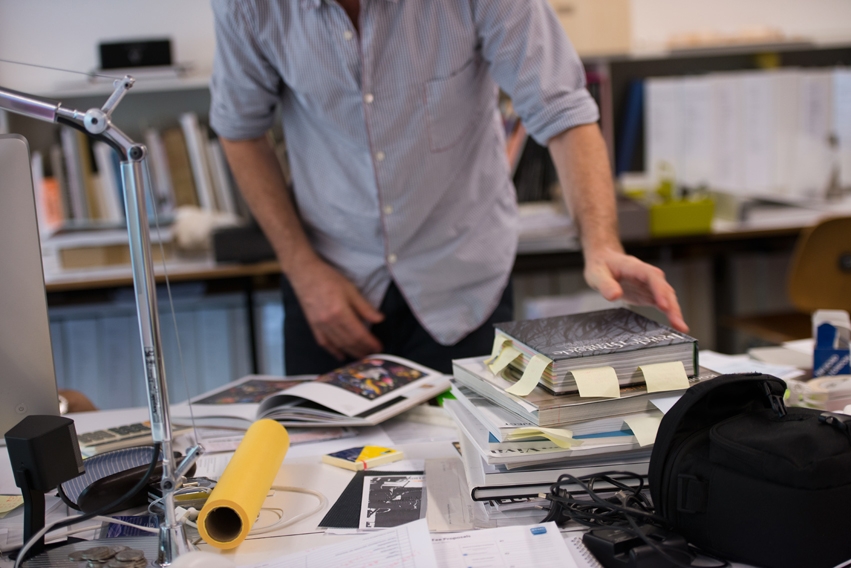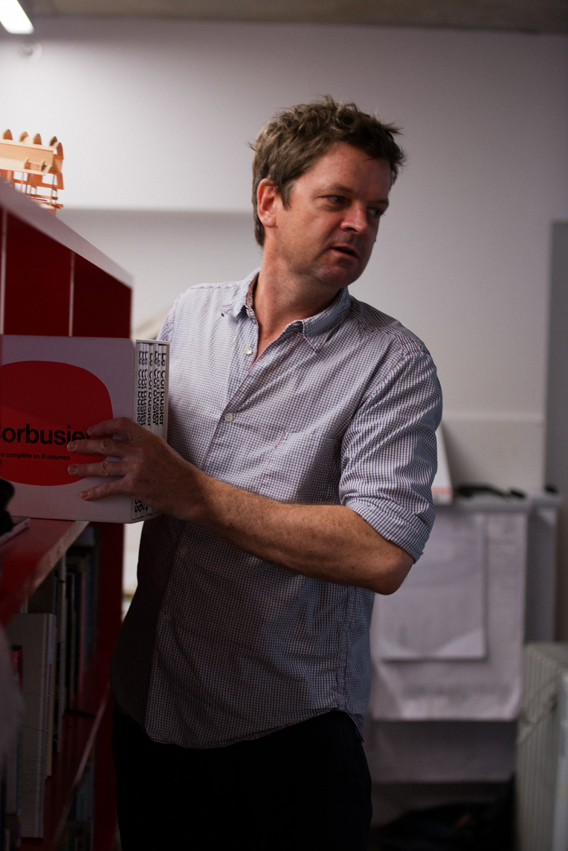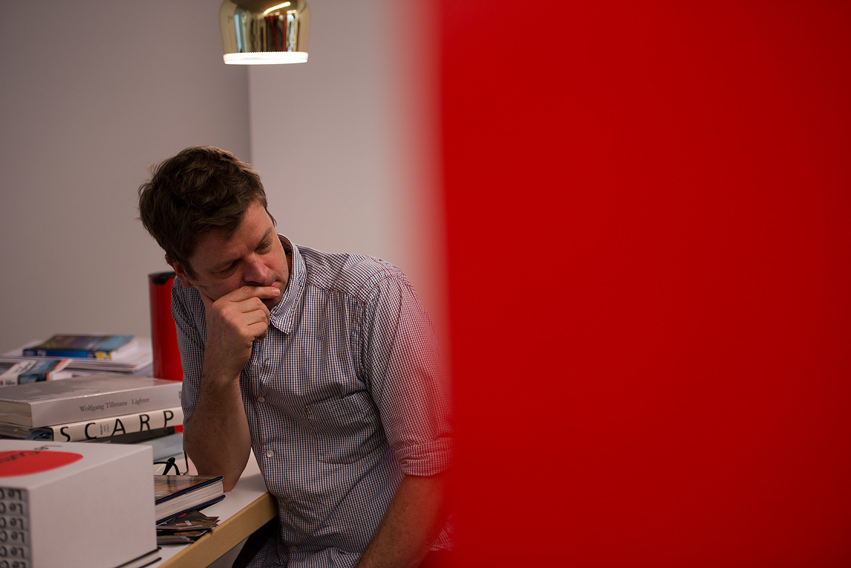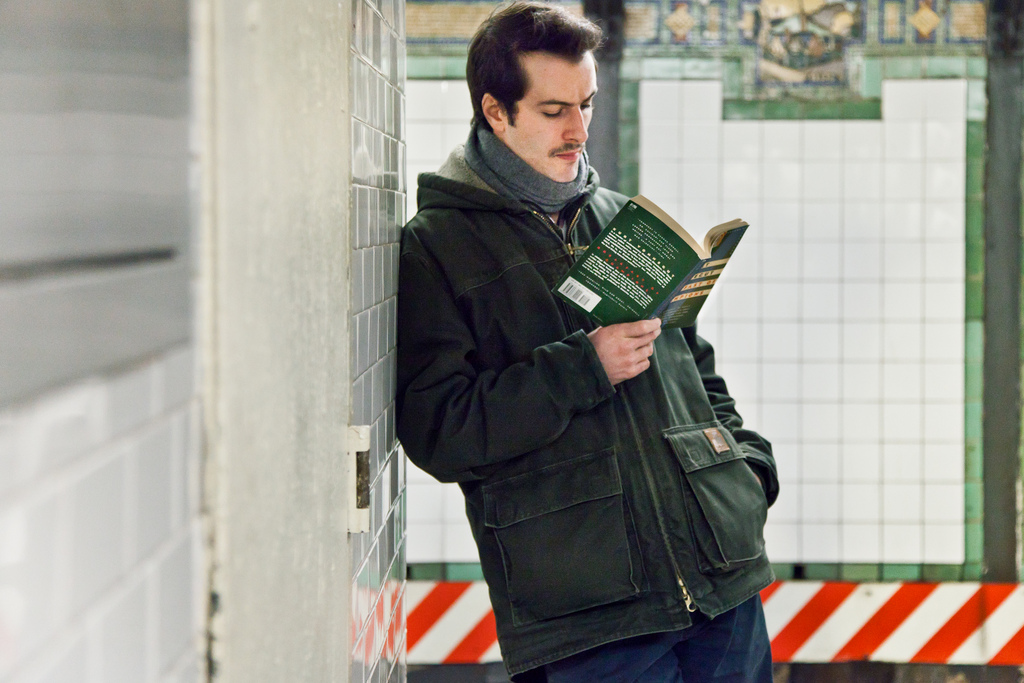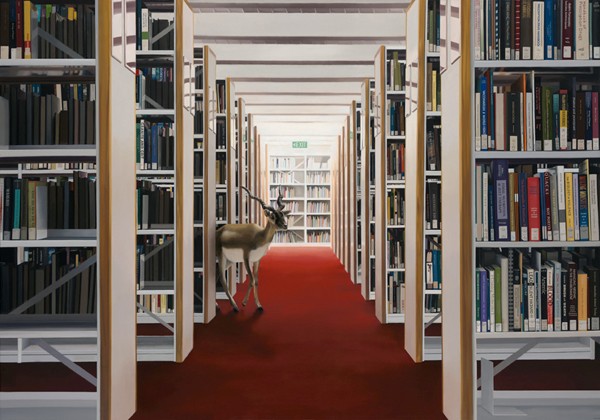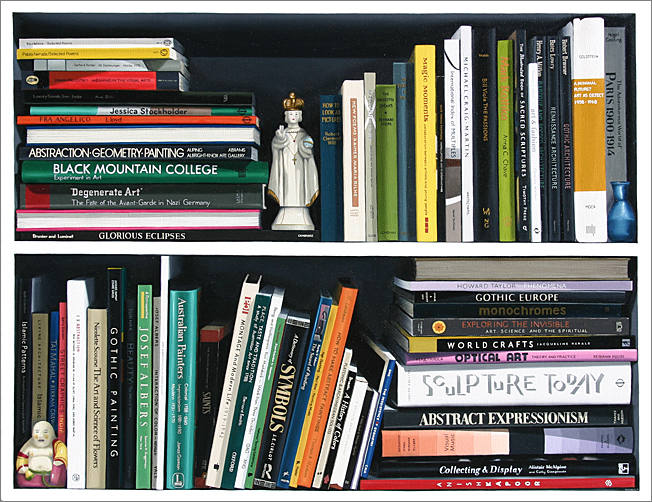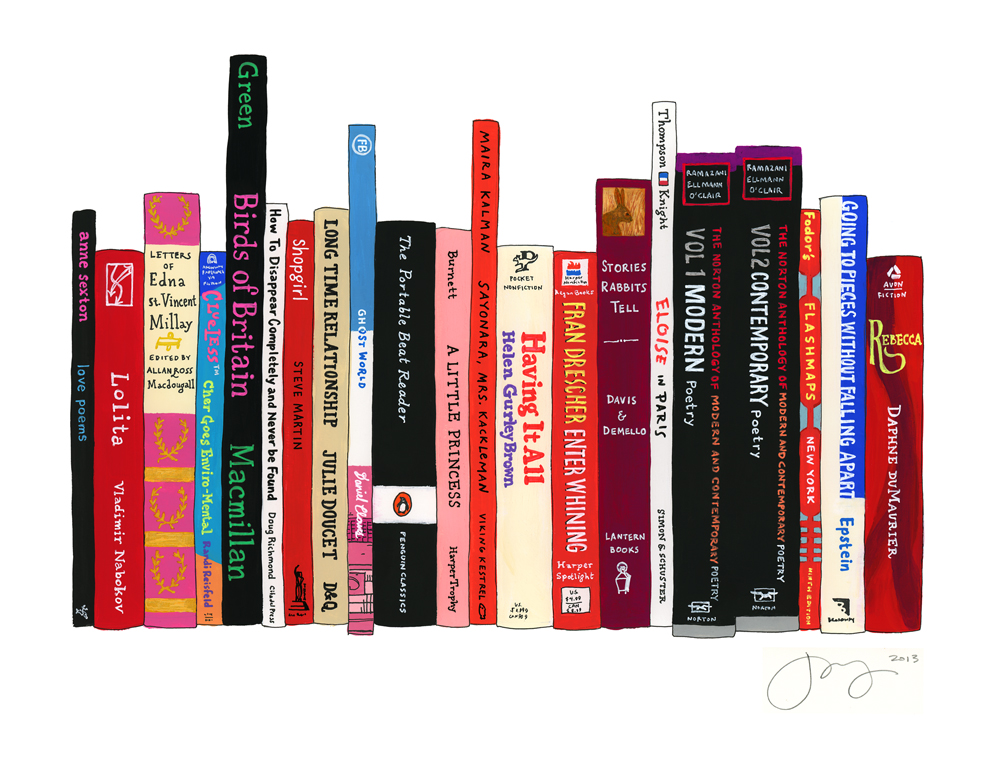Interview: Emma Magenta
Written by Augusta, Posted in Interviews
Emma Magenta – Sydney born internationally acclaimed artist, illustrator, author of adult picture books; The Peril of Magnificent Love, A Gorgeous Sense of Hope, The Origin of Lament and The Gradual Demise of Phillipa Finch, professional dilettante, capoeira athlete, mother, lover, tweeter, philosopher, goddess and master of robust whimsy – greets us with a smile, a red flower in her hair and a golden sparkly sequined shirt (the modern day woman’s armour against tedium and mediocrity). There is a welcoming effusiveness about Emma, as she opens her bookcase to us, makes tea for us in a house lined with art and ideas and souvenirs and the sounds of children sword-fighting in the next room.
As the morning stretches into afternoon, Emma takes us through the formative books, who have made her who she is – and looks forward into a future fuelled by insatiable curiosity, poetry and wonder about the world with its beautiful, bizarre people and their practices.
Ever since I was a kid, books have been my salvation and to me, they are portals into a different dimension. Generally, I love a lot of illustrated books – obviously it’s what I do. To me they’re just like fragments of my dream world so I collect them, they’re like children to me – and they hold a memory of that experience of when I read that book.
On the shelves in her study, there are pictures and photos, birds nests huddled together, illustrated books, notebooks, her own pastel-spined books stand to attention next to her desk as the dappled light streams in. I notice thick brown tomes, ancient antique books.
I worked at Berkelouw Books for ten years and I was in charge of antiquarian books – and often I had to process the secondhand books – and if the book was too damaged and not worth restoring they would just chuck them in the bin and to me that was like throwing a way a newborn child – so I used to go and rescue them – they know this. So it’s the actual object that I love – but I’m also obsessed with certain subjects as well. I love looking at technical books – I love all those old illustrations as well. I’m an information junky – I will read on how the body works and I’ll prefer to look at a book rather than go on the Internet – I like having it there and pouring over the pictures.
And I love explorers and travels up there – I love illustrations and etchings – as I did it at art school. Because of that bin at Berkelouw’s, I’ve developed an intuitive sense about what books are worth saving and I’ve now accrued an incredible collection.
I’ve always loved books. I didn’t go “I want to be a writer,” I’ve always written since I was a kid, it wasn’t my intention. I just saw myself as an artist – and was drawing while I was there – it just happened, it was a very organic process. I was working with writers who saw me as a professional dilettante playing capoeira full time and liked to draw with my left hand – so when I got the book deal –which was the terrible part of working with people who were studying writing while I was just drinking cups of tea and doing hand stands on the second floor.
It probably looked like life was unfair – I did have an urge and was putting a book together – a picture book but that was just for my own happiness.
I ask Emma if her house was burning – what would be the books she’d rescue from the flames first?
The Red Book Carl Jung | Not just for fiscal purposes, I just love that book.
The Diary of Frida Kahlo: An Intimate Self-Portrait Carlos Fuentes | And I know you can replace the book, but its’ that copy, that particular book, It’s my book.
Catcher in the Rye J. D. Salinger | It’s not a first edition but it is a hard copy and a really beautiful copy and I love that book. In fact, I’d salvage my whole Salinger collection.
Probably my own books because I’m not buying my own books back from the publisher, which is what I’d have to do.
Amulets which you can’t get any more about indigenous cultures merging spiritual concept with art, for example making a drawing to heal someone.
And I’d probably save my Rumi collection.
Of course it’s the Map books – yes, I’m into cartography – there are probably worth more but it’s the sentimental connection to the books that I’d want to rescue from the flames first.
You’ve seen a lot of the world: When traveling, do you take a book?
The first time I ever travelled I took a whole bunch of books and cassette tapes with me and then by the time I got to London I just got rid of them- I should have made a thousand mix tapes but .…
Books I had – I always take poetry – my Sylvia Plath collection and Margaret Atwood ( I love her poetry more than her novels) – and I was going through my Herman Hesse phase so I had his collection – but I go through writers as I go through stages.
A friend bought me a Kobo and I have to charge it up and try to load some things up – I don’t use it. But because I don’t go out much – I stay at home and read. But when travelling? I’ve always got to have something to read. I often take a lot of non-fiction books with me when I travel. But if for some reason I’m on holidays where I know I won’t be interrupted I will take a fiction book so I can get lost in it.
And I wondered what were the formative books, the books from her childhood or her past who have made her who she is today?
From when I was about three I was looking at Peanuts cartoons and when I think about that now I find it interesting that I’ve become a cartoonist in some ways. I was also obsessed with Enid Blyton on a profound level: she is so weird – if you read it now you think “Oh my god, she’s got terrible language, it’s awful” but I grew up with The Faraway Tree and the concept that there could be magic elsewhere – that was vital in my childhood – I grew up with and absolutely obsessed with any stories about finding other worlds or mysterious things: Playing Beattie Bow by Ruth Park and Bridge to Terabithia by Katherine Paterson.
At that moment Emma hunts through her crowded bookcase:
This book is an all time favourite – “The Wicked Wicked Ladies in the Haunted House” written by Mary Chase – I would go to the library get it out, read it, have to return it, wait a week and get it out again… It’s about this girl who didn’t fit in at home and ran away and went into a mansion where she could time travel back in time when it was a functioning mansion. It was possessed by seven sisters and they came to life from these paintings. There’s something about the whole aspect of time travel, that there is magic in the ordinary and this sense of what was 2D becoming 3D that was most inspiring.
That book changed my life.
I decided then I wanted to write and I would practice for years trying to write the best scary story – but they were always shit… but it did change my life and I became obsessed with books and what books can do for you.
I identified with this girl, it was quite a weird horror story when you think about it. I think writing was far more adventurous back then and I think there is a place for darkness in children’s’ books – I just think things have become so politically correct that kids are fed these generic, saccharine stories now and so they don’t have the skills to handle the darkness – and those books have stayed with me because they touch on darkness and explain the unfathomable and they don’t explain it – they touch on it and to me the journey forward is the mystery – not running from the mystery – those books were my shapers.
Do you give books away?
Yes… it’s why I have no books and can you please publish this: “Tony Dupe please give me back my “For Esmé—with Love and Squalor” by J. D. Salinger!” I had to go buy a replacement copy – a penguin – and it’s just not the same – I want MY copy back, THAT edition.
So do I give away my books? Yes I do. All the time. And some I want back.
Are there books you wish you had?
Always. Generally, if there’s a novel I want – I buy them and I love artist’s books and if I could I’d just collect them. There is a website called “Book by its cover” it’s a blog where she collects hand-made artists books – and some of them are just exceptional. Just beautiful books. I love that.
I’ve been concerned with how people have been seeing books – I don’t want people to abandoned them because they think it’s not worthwhile. If anything – people shifting over to technology is fine but there is nothing more sensual than holding a book and it just increases its cultural value. I think holding an object adds value to it. And that is especially true of books.
On a tour of her bookshelves, Emma unfurls her favourite word-less children’s book – Scenes from Central Park… she opens wide Tolkiens Lord of the Rings, she opens tomes of art and images of totems and artefacts – and its one swirl of colour and possibility: portals into other dimensions.
About Emma Magenta
Emma Magenta began her career drawing and writing her thoughts down on brown paper bags while working at Berkelouw Books in Paddington. After pinning them to the front window, they accrued a cult status and a publishing deal was offered to her by Australian publishing phenomenon Bradley Trevor Grieve. Since then, she has written and illustrated several adult picture books; The Peril of Magnificent Love, A Gorgeous Sense of Hope, The Origin of Lament and The Gradual Demise of Phillipa Finch. These books explore aspects of the feminine psyche, one’s emotional world and the secret life of relationships.
Augusta Supple and Kathy Luu had tea with Emma Magenta on 13 April 2013. Images by Kathy Luu.
© Hello Bookcase 2013. Unauthorized use and/or duplication of this material without express and written permission from this blog’s author and/or owner is strictly prohibited.
